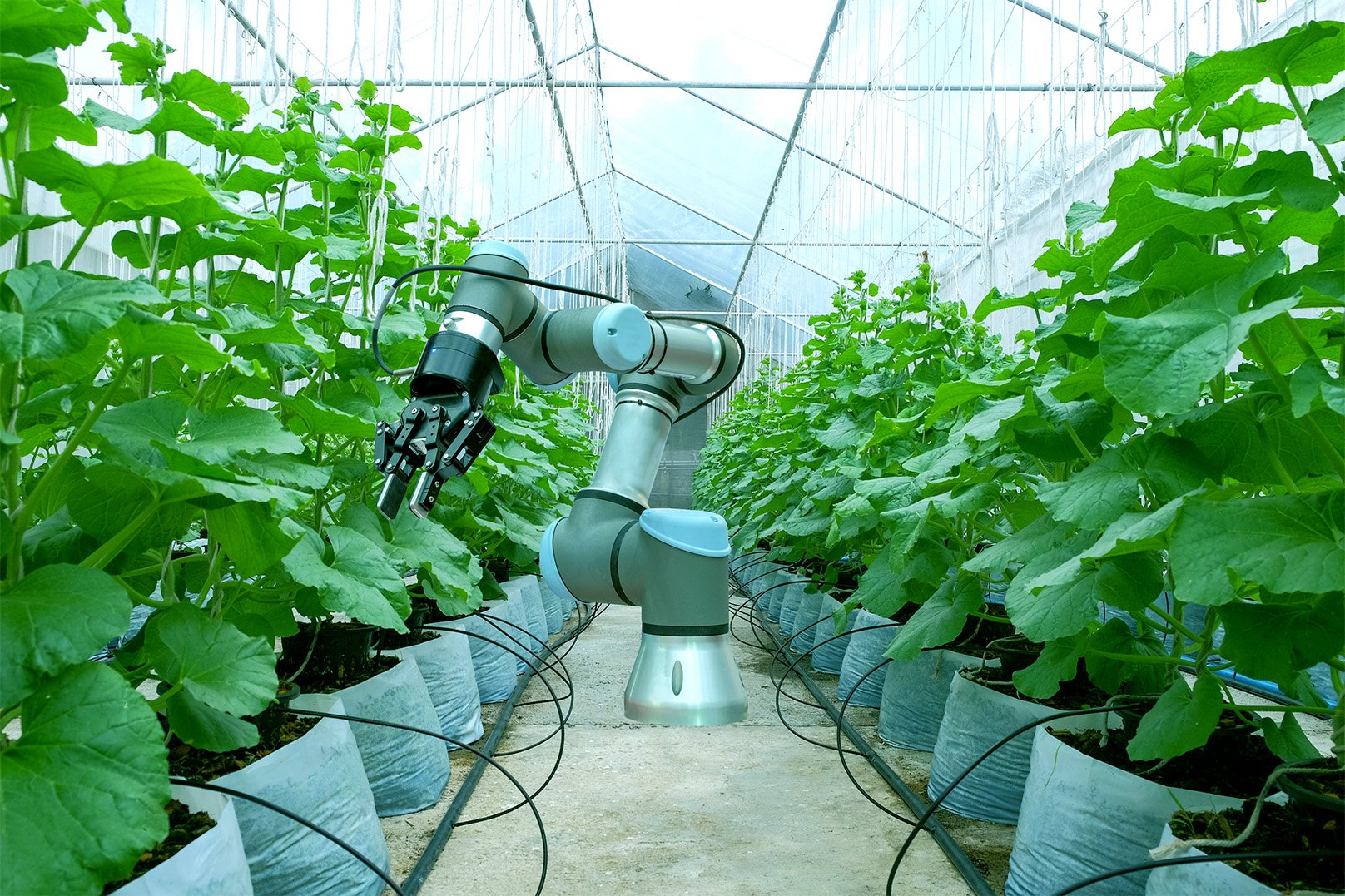Cyborg Plants
Say Hello to Rechargeable Electric Roses and Bomb-Sniffing Spinach Plants
FUTURE PROOF – BLOG BY FUTURES PLATFORM
Scientists are not only trying to enhance human abilities with new technologies, but also creating plants with superpowers. Several successful experiments on flowers and vegetables have been conducted, and the field is developing rapidly. If you haven’t heard about green cyborgs yet, it's time to learn about their future potential!
The scientific community was surprised by the findings of a Swedish research team from Linköping University, who managed to create something unforeseen few years ago; a cyborg rose that conducts electricity. It was the first time that scientists were able to incorporate electronic circuit including transistors into plants.
These researchers are definitely trying to give a new meaning to ’power plants’, as their newest research results show, they have taken further steps to utilise the flower power. Now, they have even managed to construct a supercapacitor, a special structure for storing energy, in a plant.
Eleni Stavrinidou, Assistant Professor at the Laboratory of Organic Electronics, highlighted in their press release published in January, “We have been able to charge the rose repeatedly, for hundreds of times without any loss on the performance of the device. The levels of energy storage we have achieved are of the same order of magnitude as those in supercapacitors.”
Another interesting demonstration of engineering electronic systems into plants was introduced by MIT researchers last year, a cyborg spinach. By embedding leaves with carbon nanotubes, they were able to transform spinach plants into sensors capable of detecting explosives and wirelessly sending warnings to a handheld device similar to a smartphone.
As one of the MIT researchers, Prof Michael Strano, told the BBC News, “Our paper outlines how one could engineer plants like this to detect virtually anything.” Strano believes that this is a major step to overcome the plant/human communication barrier, and plants could be used to warn of pollutants and environmental conditions such as drought.
Now, they are working on additional sensors that would give a plant an ability to monitor its own physiology. Real-time data from plants could help botanist to understand inner workings and health of their plants, and also maximise the yield of rare compounds such as used for producing drugs.
Strano and the research paper’s lead author, Min Hao Wong, have already started a company to commercialise their technology. They think that urban farming is the most promising market as enclosed spaces are easier to monitor, and precision agriculture is particularly important when farms need to be ultra-efficient to secure the best use of expensive land.
If you want to learn more about the future potential of cyborg plants, check out this video!
Access alternative scenario narratives, monitor trends and explore the future with Futures Platform. A collaborative all-in-one tool that helps your team and organisation to future-proof your strategy.




In the era of curated experiences, food personalisation is on the cusp of becoming the next big health and wellness solution – but at what price for the consumer, and at what cost to those experiencing food insecurity? Can the industries involved collaborate to efficiently bring these bespoke foods to market without exacerbating (or possibly even alleviating) the global food shortage?